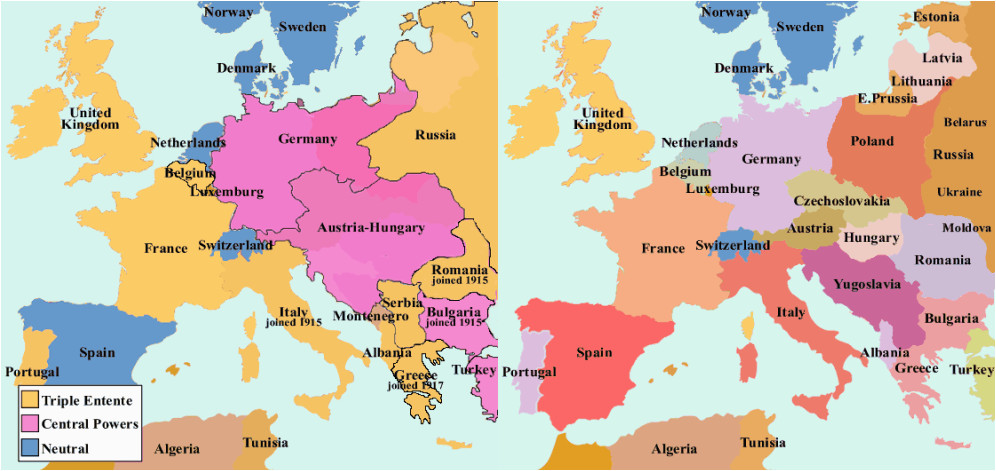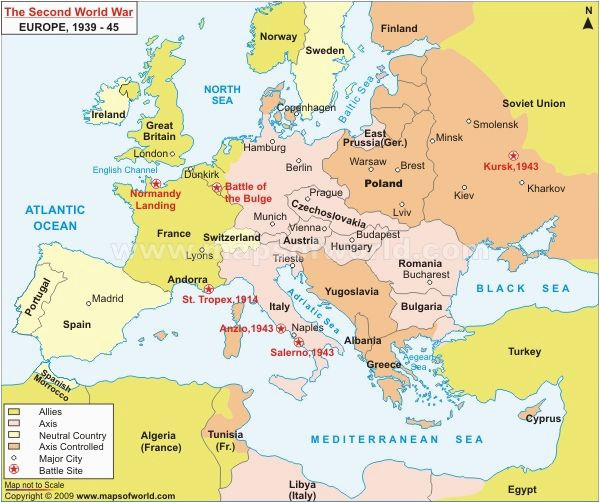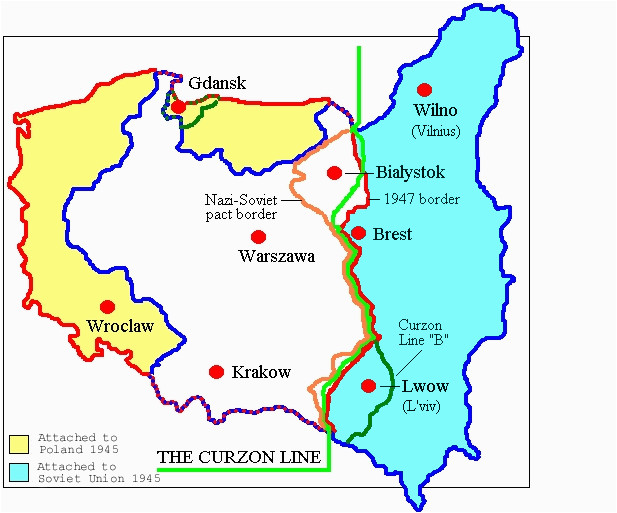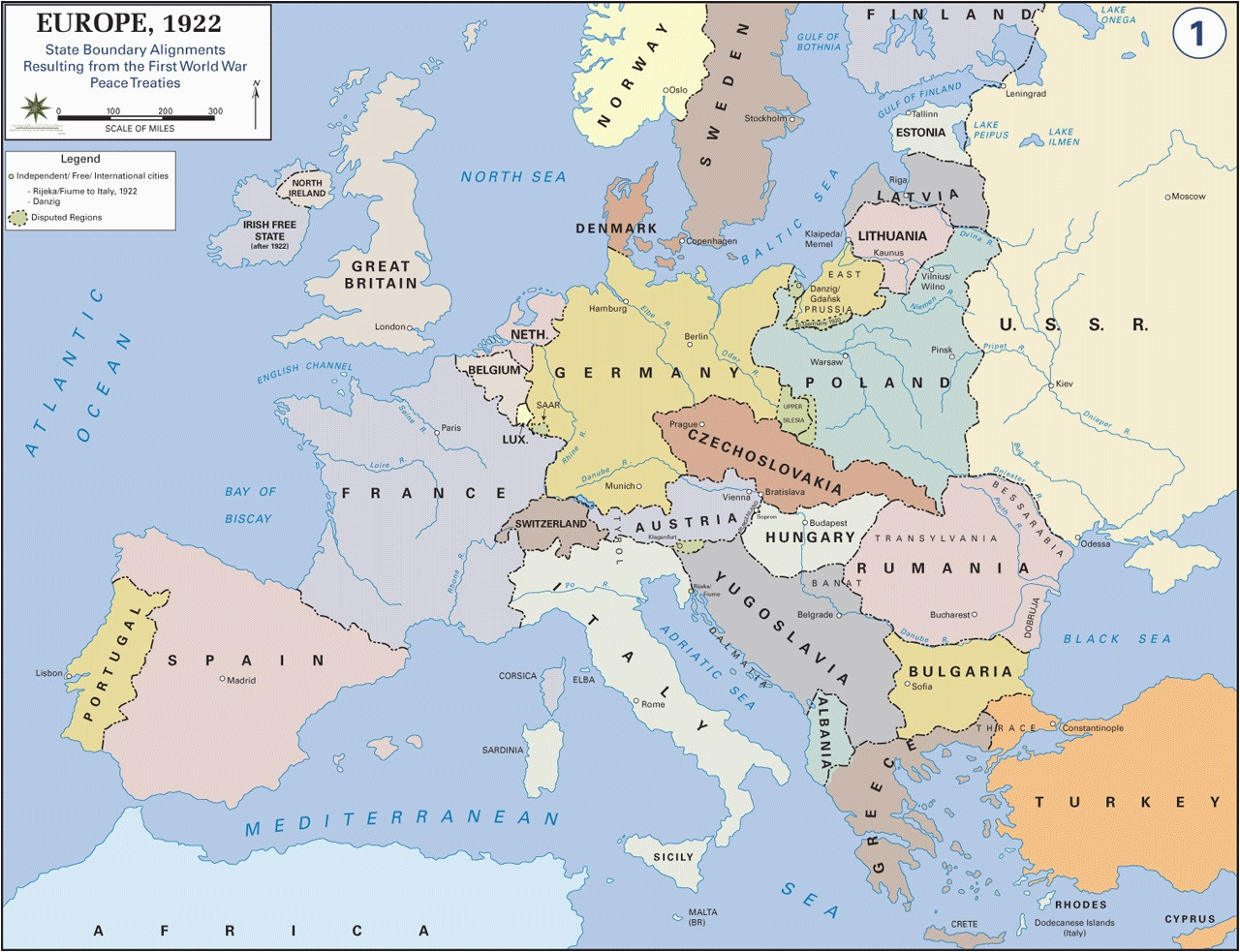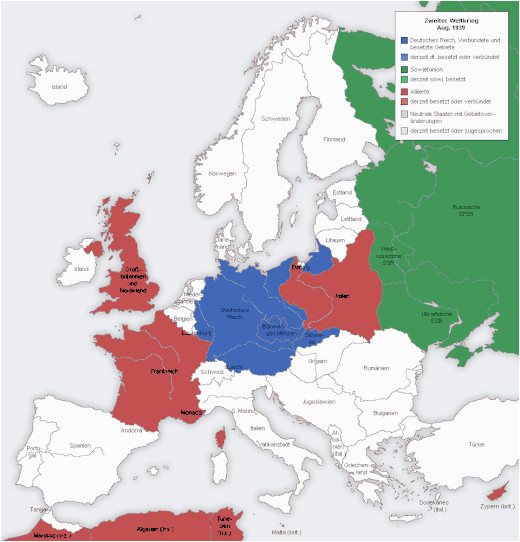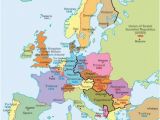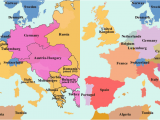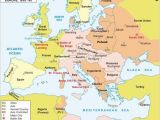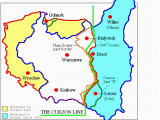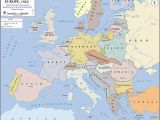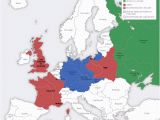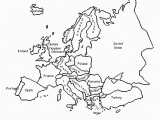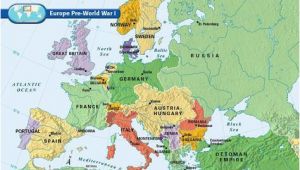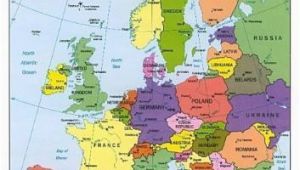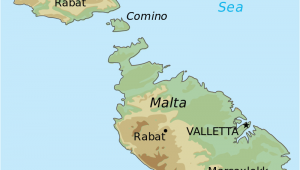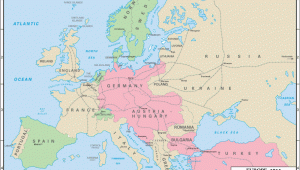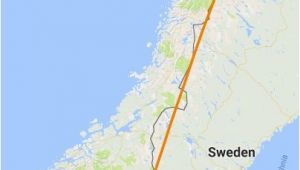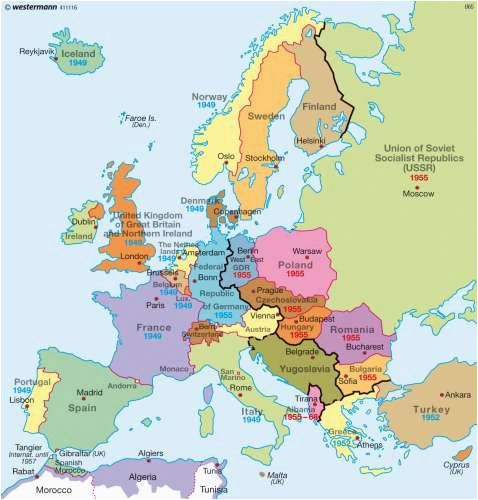
Europe is a continent located categorically in the Northern Hemisphere and mostly in the Eastern Hemisphere. It is bordered by the Arctic Ocean to the north, the Atlantic Ocean to the west, Asia to the east, and the Mediterranean Sea to the south. It comprises the westernmost part of Eurasia.
Europe is most commonly considered to be estranged from Asia by the watershed divides of the Ural and Caucasus Mountains, the Ural River, the Caspian and Black Seas and the waterways of the Turkish Straits. Although the term “continent” implies living thing geography, the estate affix is somewhat arbitrary and has been redefined several time previously its first conception in classical antiquity. The unfriendliness of Eurasia into two continents reflects East-West cultural, linguistic and ethnic differences which adjust on a spectrum rather than when a bright dividing line. The geographic affix in the midst of Europe and Asia does not follow any allow in boundaries: Turkey, Russia, Azerbaijan, Georgia and Kazakhstan are transcontinental countries. France, Portugal, Netherlands, Spain and joined Kingdom are then transcontinental in that the main part is in Europe though pockets of their territory are located in further continents.
Europe covers about 10,180,000 square kilometres (3,930,000 sq mi), or 2% of the Earth’s surface (6.8% of estate area). Politically, Europe is divided into practically fifty sovereign states of which the Russian Federation is the largest and most populous, spanning 39% of the continent and comprising 15% of its population. Europe had a total population of approximately 741 million (about 11% of the world population) as of 2016. The European climate is largely affected by warm Atlantic currents that temper winters and summers upon much of the continent, even at latitudes along which the climate in Asia and North America is severe. further from the sea, seasonal differences are more noticeable than near to the coast.
Europe, in particular ancient Greece and ancient Rome, was the birthplace of Western civilization. The fall of the Western Roman Empire in 476 AD and the subsequent Migration times marked the end of ancient chronicles and the start of the center Ages. Renaissance humanism, exploration, art and science led to the radical era. in the past the Age of Discovery started by Portugal and Spain, Europe played a predominant role in global affairs. with the 16th and 20th centuries, European powers controlled at various epoch the Americas, not far off from all of Africa and Oceania and the majority of Asia.
The Age of Enlightenment, the subsequent French lawlessness and the Napoleonic Wars shaped the continent culturally, politically and economically from the stop of the 17th century until the first half of the 19th century. The Industrial Revolution, which began in great Britain at the end of the 18th century, gave rise to advanced economic, cultural and social fine-tune in Western Europe and eventually the wider world. Both world wars took place for the most ration in Europe, contributing to a terminate in Western European dominance in world affairs by the mid-20th century as the Soviet bond and the associated States took prominence. During the cool War, Europe was divided along the Iron Curtain with NATO in the West and the Warsaw concurrence in the East, until the revolutions of 1989 and drop of the Berlin Wall.
In 1949 the Council of Europe was founded, when a speech by Sir Winston Churchill, taking into consideration the idea of unifying Europe to achieve common goals. It includes all European states except for Belarus, Kazakhstan and Vatican City. supplementary European integration by some states led to the formation of the European union (EU), a separate embassy entity that lies with a confederation and a federation. The EU originated in Western Europe but has been expanding eastward before the drop of the Soviet sticking together in 1991. The currency of most countries of the European Union, the euro, is the most commonly used among Europeans; and the EU’s Schengen area abolishes connect and immigration controls among most of its aficionado states.
Europe Map before and after World War 2 has a variety pictures that similar to locate out the most recent pictures of Europe Map before and after World War 2 here, and next you can acquire the pictures through our best Europe Map before and after World War 2 collection. Europe Map before and after World War 2 pictures in here are posted and uploaded by secretmuseum.net for your Europe Map before and after World War 2 images collection. The images that existed in Europe Map before and after World War 2 are consisting of best images and high character pictures.
These many pictures of Europe Map before and after World War 2 list may become your inspiration and informational purpose. We wish you enjoy and satisfied as soon as our best portray of Europe Map before and after World War 2 from our hoard that posted here and furthermore you can use it for usual needs for personal use only. The map center team also provides the new pictures of Europe Map before and after World War 2 in high Definition and Best tone that can be downloaded by click on the gallery under the Europe Map before and after World War 2 picture.
You Might Also Like :
[gembloong_related_posts count=3]
secretmuseum.net can help you to acquire the latest guidance not quite Europe Map before and after World War 2. rearrange Ideas. We allow a summit character tall photo when trusted allow and anything if youre discussing the dwelling layout as its formally called. This web is made to outlook your unfinished room into a simply usable room in helpfully a brief amount of time. appropriately lets say you will a better rule exactly what the Europe Map before and after World War 2. is everything practically and exactly what it can possibly do for you. gone making an prettification to an existing house it is difficult to fabricate a well-resolved expand if the existing type and design have not been taken into consideration.
